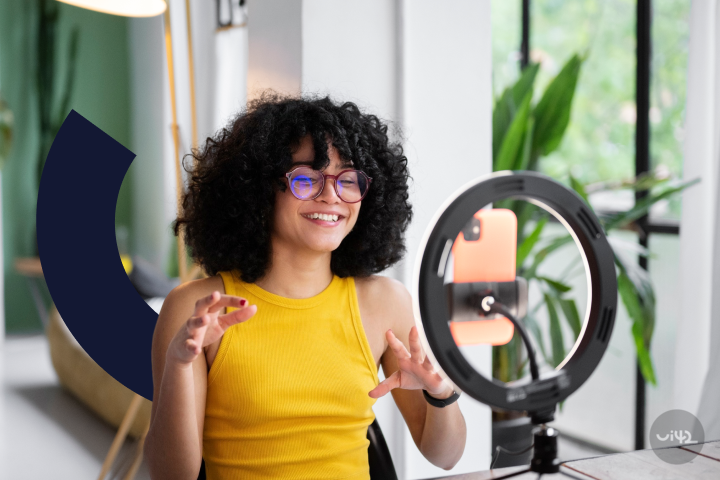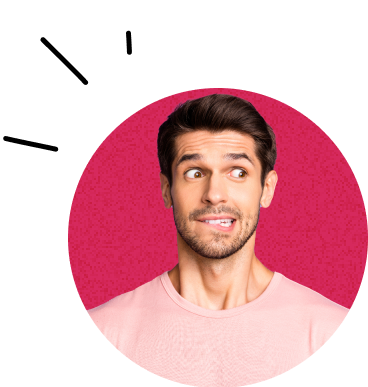Until now, Instagram has largely been a closed ecosystem – the content that users and brands published was not accessible to search engines. However, this fundamentally changes from July 10, 2025, when Instagram officially made public content from professional accounts available for indexing by search engines like Google and Bing. A significant step not only for social networks but also for SEO, content marketing, and brands' online strategy.

What does it mean in practice?
Until now, you could invest in visually appealing content on Instagram, but outside this platform, it had minimal reach. However, with the new indexing, public posts, reels, and profiles can start appearing in search results – both on Google and Bing.
Instagram is thus becoming an "indexable" part of the internet for the first time, similar to YouTube videos, TikToks, or Pinterest pins. However, it also means pressure for better descriptions and accompanying texts for multimedia content.
Who does Instagram indexing concern?
Indexing exclusively concerns professional accounts on Instagram, i.e., business accounts and creator accounts. Additionally, the user must be over 18 years old and their profile must be public. All content that meets these conditions – public posts, videos, Reels, and carousels – becomes automatically available for Google and other search engines.
All new and older posts meeting the conditions will be indexed, retroactively to January 1, 2020. This means that even older photos and videos (from 2020) from public professional accounts can be additionally indexed.
Technical aspects and settings
Instagram has introduced a new option in the settings for professional accounts to control indexing: in the app under Settings > Privacy, there is a toggle box with the description "Allow my public photos and videos to appear in search engine results".
Impact on SEO and online visibility
From an SEO perspective, this index expansion represents a significant change. Google will evaluate Instagram posts (images, videos, post captions) as part of web content. It may happen that for a relevant query, visual posts from IG will outrank traditional websites – especially if they better fulfill the user's search intent. SEO thus moves into a multimodal era: relevance is no longer just about texts and links, but also about image and video responses to questions.
For SEO specialists and marketers, this means that it's no longer enough to optimize just the web. Your digital footprint also includes social networks – and they can now directly bring organic traffic. Instagram becomes another searchable "web" for your content.
What advantages will it have for brands?
- Higher discoverability and reach: Content from Instagram can bring organic traffic from Google, which was not possible before. For small businesses and emerging creators, it's a second chance for discovery.
- High-intent traffic: Searching on Google often means higher intent – the user is actively looking for something. Visual content can effectively engage and influence decision-making, which can increase the click-through rate (CTR).
- Longer content lifespan: While on social networks, a post often has a short lifespan, in search, a quality post can bring visits for months or even years. Instagram content thus becomes a long-term SEO asset.
- More output channels for marketing: If organic web positions drop due to AI responses, you can reach the audience with visual content on the same results page.
- Free reach vs. paid advertising: Discovery through Google is organic – you don't pay for every click. For many small businesses, an active Instagram with good content can be a cost-effective marketing tool.
- Local SEO boost: For locally focused businesses, this is great news. Instagram is full of such content (geotagged food photos, influencer reviews, etc.). If your business has a well-managed IG with location data, you can win local queries thanks to visual content.
What to watch out for? (Disadvantages and potential risks)
- Loss of certain control over the audience: Content originally intended for a specific audience may come before the eyes of a completely different group of people. Companies will have to pay more attention to the tone and appropriateness of posts.
- Permanence of content: Any IG post can persist in results for a very long time. Bad or inaccurate information, old prices, old promotions – everything needs to be considered. You will have to better plan content with long-term impact and regularly review older posts.
- Privacy and content sensitivity: Even though we are talking about public accounts, some companies/creators may not have expected such wide publicity for their content. Now is the time to go through old content and consider whether you want to hide or remove something from the profile.
- Delayed content removal: Once Google indexes something, removing it from the index takes a while.
- Need for more work (for agencies/marketers): For SEO agencies and specialists, a new area of optimization and reporting arises. Content strategies will need to be adjusted to also consider keywords in the post description.
- Competition may exploit new opportunities: It may happen that the SERP, where you previously dominated with a website, is flooded with foreign Instagrams.
This step by Google and Bing signals the continued integration of social networks with search. For brands that want to be visible at every point of the customer journey, it's a welcome opportunity – and also a challenge.
Instagram is no longer just about impressions – from now on, it can also help in organic reach and performance. And what's also interesting: indexing in search engines partially means indexing in their LLM models - for Google Gemini and for Bing it's ChatGPT.












